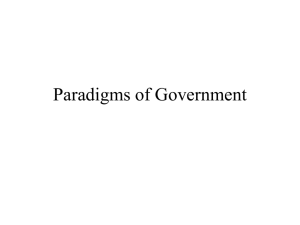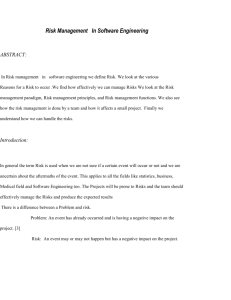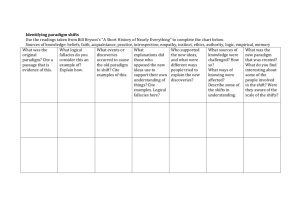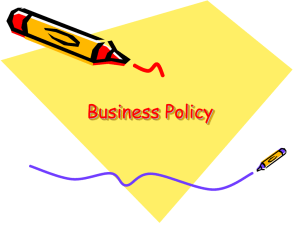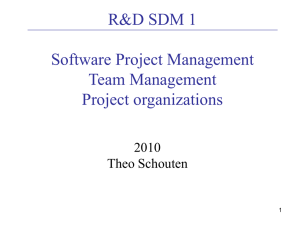Powerpoint - eLearning Consortium of Colorado
advertisement
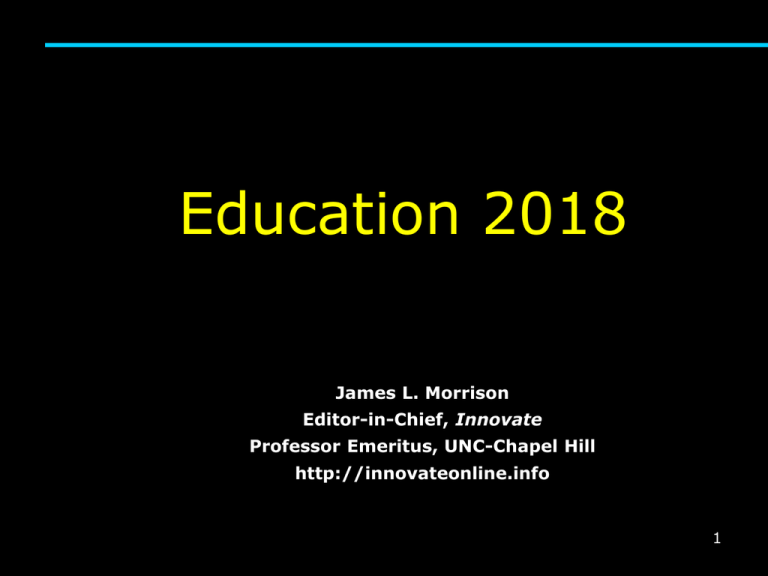
Education 2018 James L. Morrison Editor-in-Chief, Innovate Professor Emeritus, UNC-Chapel Hill http://innovateonline.info 1 Change Drivers Demographics Globalization Economic Restructuring Information Technology 2 Demographic Change Drivers Ethnic identification mix is changing Age structure is changing Nature of students is changing Demand for access is increasing 3 Economic Globalization Economic Restructuring Downsizing 4 Constant training, retraining, job-hopping, and even career-hopping is the norm. 5 Graduates Must Be Able To Function in a global economy for job success in the 21st century Work effectively with people from different cultural backgrounds Work as a team member Use information technology tools effectively Function creatively and innovatively Access, analyze, process, and communicate information Engage in continuous, independent learning 6 What Lies Ahead in Technology Diminution (Nanotechnology/micromachines) Wireless networks/Wireless Web/Wi-Fi Low-earth-orbit satellites Global cyberinfrastructure Net PC/ Web TV Groupware/P2P High Definition TV Electronic books Simulations Virtual reality Expert systems Video conferencing Open source software 7 Pew Learning and Technology Program BYU first-year writing course-enrolls 3,400 students in about 170 sections redesigned: cost per student dropped 41% Drexel introduction to computer programming: cost per student dropped 36% Florida Gulf Coast into to fine arts, cost per student for 2,400 students is $50 compared to $132 students in traditional format 8 The Internet Assists Educators To: Center learning around the student More intensive interaction about authentic data Focus on the strengths of individual (and more diverse) learners around the globe Make lifelong learning a practical reality Web-Based Education Committee, 2001 9 The Changing Higher Education Environment Certification monopoly at risk employers concerned about competency employers relying less on diplomas Outcomes line assessment coming on Western Governors University Accreditation agencies New competition Traditional “service areas” fair game New for-profit educational providers 10 The Changing Higher Education Environment The “bookless” campus e-Libraries NetLibrary Questia XanEdu Jones e-global Library Services 24-7 reference desks Online chat book advice e-Book reading devices on loan 11 The Calendar Rio Salado College in Phoenix The University of Phoenix 12 Old Paradigm Faculty: lecture Faculty responsible for content, media, assessment Faculty role = actor Student role = empty vessel New Paradigm Faculty: projects Faculty work as part of instructional team Faculty role = director Student role = knowledge creator 13 Old Paradigm Semester/tri- mester/quarter Set enrollments (e.g., once a year) Institutions act independently New Paradigm Varying lengths of time for learning modules Continuous enrollments (e.g., once every two weeks) Institutions act with partners 14 Old Paradigm Degrees based on credit hours Information transfer via classrooms/ library Libraries: stacks New Paradigm Degrees based on competency exams Information transfer anytime, anywhere Libraries: Starbucks 15 Old Paradigm Publications refereed via professional associations and commercial publishers Print publication the primary mode of information transfer New Paradigm Institutions publish professors’ papers, drafts, notes via open Web access Institutions sponsor their professors’ manuscripts to refereed Web-based open access professional journals Free online publication as prominent as paid print publications 16 How do we assist educators meet the challenges of the new paradigm? 17 References US Higher Education in Transition http://horizon.unc.edu/courses/ papers/InTransition.html Using a Futures Approach in Organizational and Instructional Development http://horizon.unc.edu/projects/ seminars/ELME.html 18

